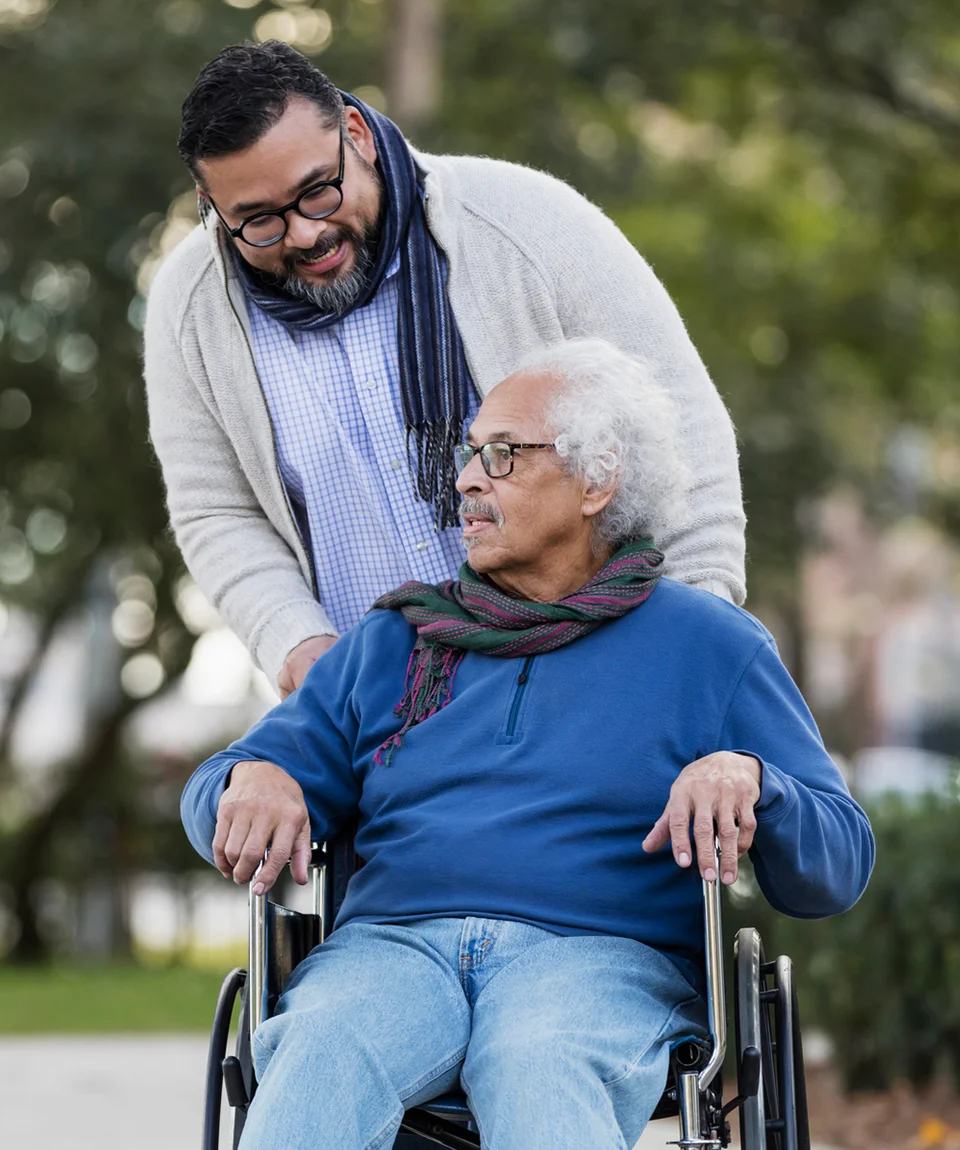What is CRT?
Some people with advanced heart failure experience a delay between the contraction of their right and left ventricles (lower chambers of the heart). In cardiac resynchronization therapy (CRT), a small electronic apparatus is surgically implanted to help both ventricles contract together. This device is made up of three leads which are attached to the heart muscle at one end (one each to the right atrium, right ventricle and left ventricle) and to a pulse generator at the other. The pulse generator is placed under a pocket of skin created either in the upper chest or the abdomen.
The CRT device is sometimes called a biventricular pacemaker.
Why is it done?
CRT is usually carried out in people with severe heart failure symptoms who are at risk of fast, irregular or life-threatening heart rhythms. If your heart does not contract effectively, it will not pump enough blood. This is called poor ejection fraction.
When medication options have been exhausted, this device helps by improving the heart function, quality of life, ability to exercise and survival.
What is done?
One of two approaches may be used to implant a CRT device. The procedure takes two to five hours.
The endocardial technique is done under local anesthesia.
- The surgeon inserts leads through a vein in the chest and guides one each into the right atrium, right ventricle and left ventricle.
- The pulse generator is placed in the upper chest.
- It usually takes 24 hours to recover.
The epicardial procedure is done under general anesthesia.
- The surgeon uses a fluoroscopy machine to guide the leads into the heart chambers.
- The pulse generator is placed in the lower abdomen area.
- The recovery time is longer, with a hospital stay of three to five days.
What can you expect?
You may feel some discomfort at the implant site for the first 48 hours. Tell your doctor or nurse if this is prolonged or if there is any pain.
While you are in hospital, the team will use a telemetry monitor and a holter monitor to observe your heart’s rhythm. After you go home, your new device is monitored via transmitter, telephone monitoring and follow-up appointments. Battery replacements, if required, can be carried out as an outpatient procedure.
It takes a few weeks to resume normal activities after implantation. Before leaving the hospital, consult your doctor about directions on wound care, taking a shower (generally not recommended until a few days later), moving, driving, exercise intensity, places or appliances to avoid and going back to work.
